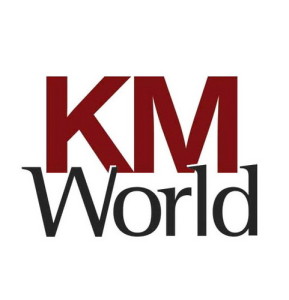 For the last few decades, we have been like children let loose in a candy store, never stopping to consider the negative consequences of stuffing our faces with sweets.
For the last few decades, we have been like children let loose in a candy store, never stopping to consider the negative consequences of stuffing our faces with sweets.
What is this candy store? The Internet.
For the last few decades, we have been on a deliriously fun tech ride. We have come to take for granted the ease, the convenience, and the sheer joy of immediate gratification the Internet provides. All of this and more can be yours with just a little connectivity.
Of course, we know that if you consume too much sugar you destroy your teeth and set yourself up for diabetes and a host of other bad health outcomes. And, as we have come to learn, all that consumer tech convenience sometimes come with a very large price tag: hacker convenience.
That is the reality. There is no such thing as a consequence-free candy binge. And, there is no such thing as a free ride on technology.
I was reminded of these realities when I saw Bruce Schneier’s recent article in The Washington Post with the scary title “By November, Russian hackers could target voting machines.” According to Schneier,
Over the years, more and more states have moved to electronic voting machines and have flirted with Internet voting. These systems are insecure and vulnerable to attack.
But while computer security experts like me have sounded the alarm for many years, states have largely ignored the threat, and the machine manufacturers have thrown up enough obfuscating babble that election officials are largely mollified.
For years cyber security experts have warned about “walking talking security threats.” By this they mean you and me — the people who use ridiculously easy-to-guess passwords or do not lock our devices or refuse two-factor authentication or surf the web merrily over insecure public wifi. These reckless behaviors can lead to a host of terrible outcomes, including identity theft or breaches of an employer’s firewall.
If this were not bad enough, Schneier suggests that people with the ability to harm society have indulged in even more reckless behavior. Schneier is talking about a whole other level of tech-ignorant behavior that has resulted in an insecure electronic voting system could imperil our democracy. If he is right, we should be angry and terrified.
At every level of society, starting with you and me, we need to take a serious look at how our negligent use of technology can have disastrous consequences. The party has been fun, but now it is long past time we grew up. After all, we now know there is no such thing as a free tech ride.
[Photo Credit: Denise Cross]
 It turns out that the formula for making your clients happy is pretty simple: First, make your employees happy. As the video below from Harvard Business Review reports, there is a correlation between customer satisfaction, on the one hand, and engaged and motivated employees, on the other hand. Businesses with strong company cultures and positively motivated employees tend to have the highest customer satisfaction ratings.
It turns out that the formula for making your clients happy is pretty simple: First, make your employees happy. As the video below from Harvard Business Review reports, there is a correlation between customer satisfaction, on the one hand, and engaged and motivated employees, on the other hand. Businesses with strong company cultures and positively motivated employees tend to have the highest customer satisfaction ratings.





